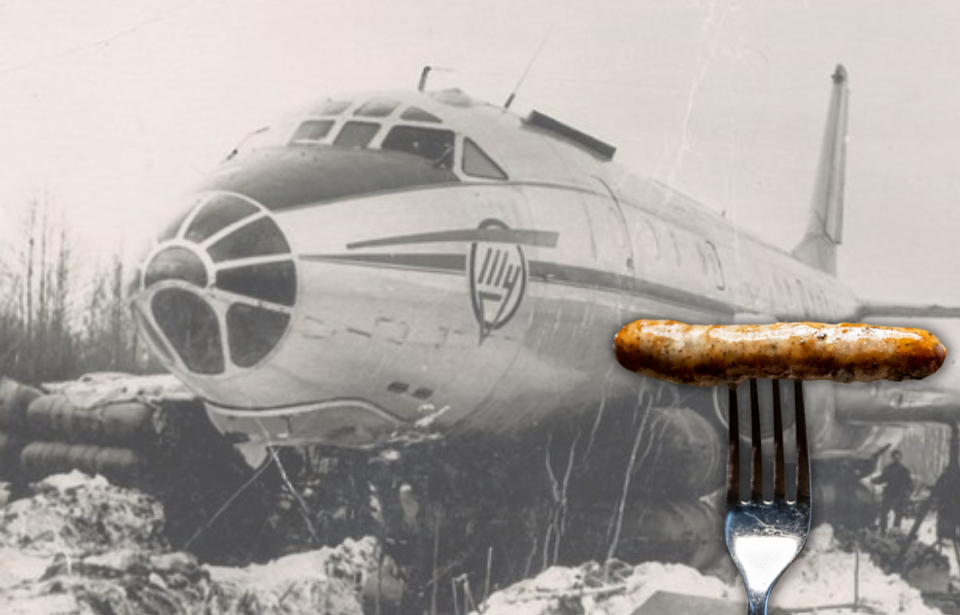One of the many close calls between the United States and the Soviet Union during the Cold War occurred on February 7, 1981. On this day, many of the Soviet Navy’s top brass were killed in a plane crash. With it being the Cold War (and assuming such an event couldn’t have been an accident), the USSR believed the US was behind the accident.
The Pacific Fleet’s success is praised
Prior to the crash, Soviet naval officials were on a successful trip and were recognized for their excellent service. However, it turned out to be one of the most deadliest days in the service’s history.
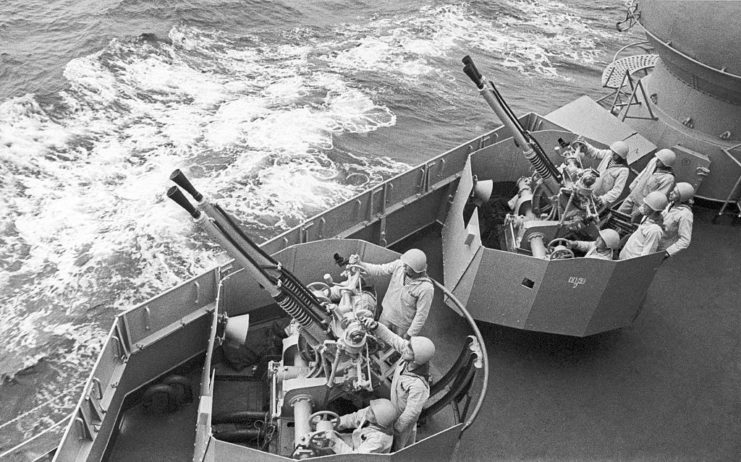
On February 1, 1981, top brass from the USSR’s main naval fleets arrived for their annual meeting in Leningrad. Many things were discussed and the performance of each fleet was assessed. High ranking Soviet officials deemed the Pacific Fleet, the largest of them all, to be the best performing.
This was a great triumph for the fleet’s leadership, and they spent the rest of the week-long meeting in high spirits. Before returning to their duties, they had one last important errand to run: grocery shopping.
Snack time
While it’s funny to imagine high-ranking Soviet officials grabbing groceries, it really happened. During the Cold War, things worked differently than they do today, especially when it came to the Soviet Union.
In most economies, you earn money and spend it on what you can afford. In the USSR, buying goods not only depended on if you could afford them, but also on if you were allowed to purchase them. Many workers were unable to access higher quality products, even if they had the money.
It was the opposite for the Pacific Fleet. They were far away from stores that stocked higher quality goods. As such, they amassed large amounts of money they couldn’t spend.
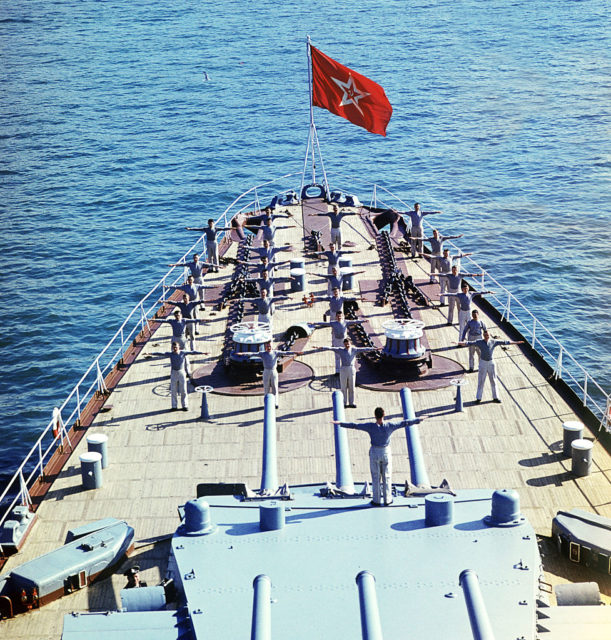
Trips like the one to Leningrad were a rare opportunity to have access to the best the Soviet Union had to offer. Officials would often take their wives and families, and spend large amounts on clothes, food and other things to improve their quality of life.
This is what the Pacific Fleet’s leaders did. Upon arriving at Pushkin Airport to return home, they brought with them hundreds of pounds of clothes, perfumes, cheese, sausage and other luxury items. They and their hauls were then loaded onto the same Tupolev Tu-104.
Tupolev Tu-104 crash
The Tu-104 was only the second jet airliner to enter regular service, after the British de Havilland Comet. It was based on the Tupolev Tu-16 bomber, and was known for being a rather unreliable aircraft. It had sluggish controls, flew with high landing speeds, and had a nasty tendency to stall suddenly and without warning. This earned it a poor reputation, and a worrying amount were lost in crashes.
While the Tu-104 had been removed from civilian service after a crash in 1979, it remained in use with the Soviet military.
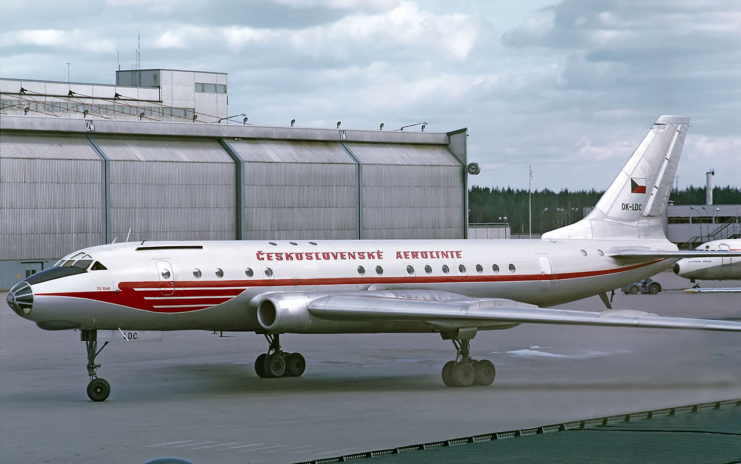
On February 7, 1981, the aircraft’s issues were exacerbated by the Pacific Fleet leaders’ large load of groceries. It took off down the runway, with some noting a slightly longer than normal take-off. The Tu-104 then climbed into the air and suddenly and violently nosed up, banked over onto its side and slammed into the ground.
The aircraft, fully loaded with fuel for its long flight, erupted in an enormous explosion. Observers rushed to the wreckage, but the all-consuming flames prevented them from pulling anyone out. Every single person on the plane was killed.
Aftermath of the crash
The crash virtually wiped out the Pacific Fleet’s leadership; 28 high-ranking military officials lost their lives, including 16 admirals and generals. In comparison, the Soviet Navy had only lost four admirals to military action during the Second World War. The accident quite literally decapitated the Pacific Fleet.
The leadership that made the Pacific Fleet the Soviet Union’s best was gone in a single, devastating blow.
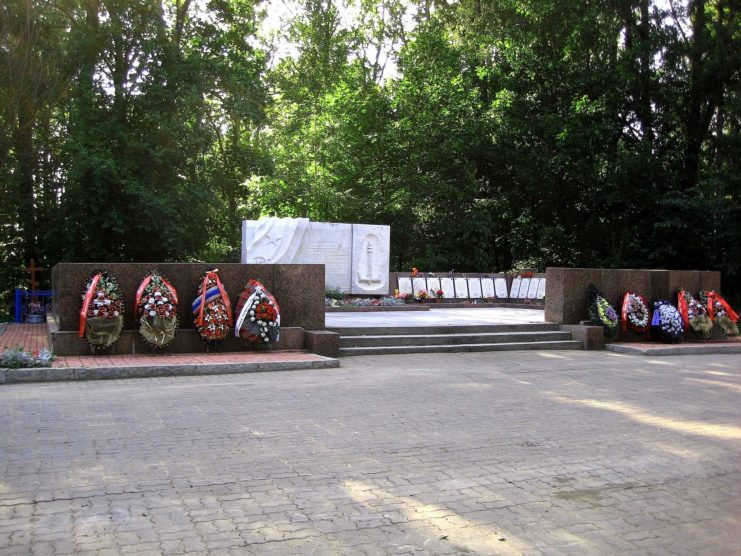
In the immediate aftermath, the Soviet Union refused to believe such an accident could happen and instantly blamed the US. Its military was alerted and stood ready for an American attack, which never came. Eventually, it was accepted that the crash had, indeed, been an accident.
Today, it is thought that the extra weight of the groceries and the Tu-104’s control issues are what caused the crash.
